Discover insights, tips, and stories from the skies — from aircraft buying guides to pilot training.
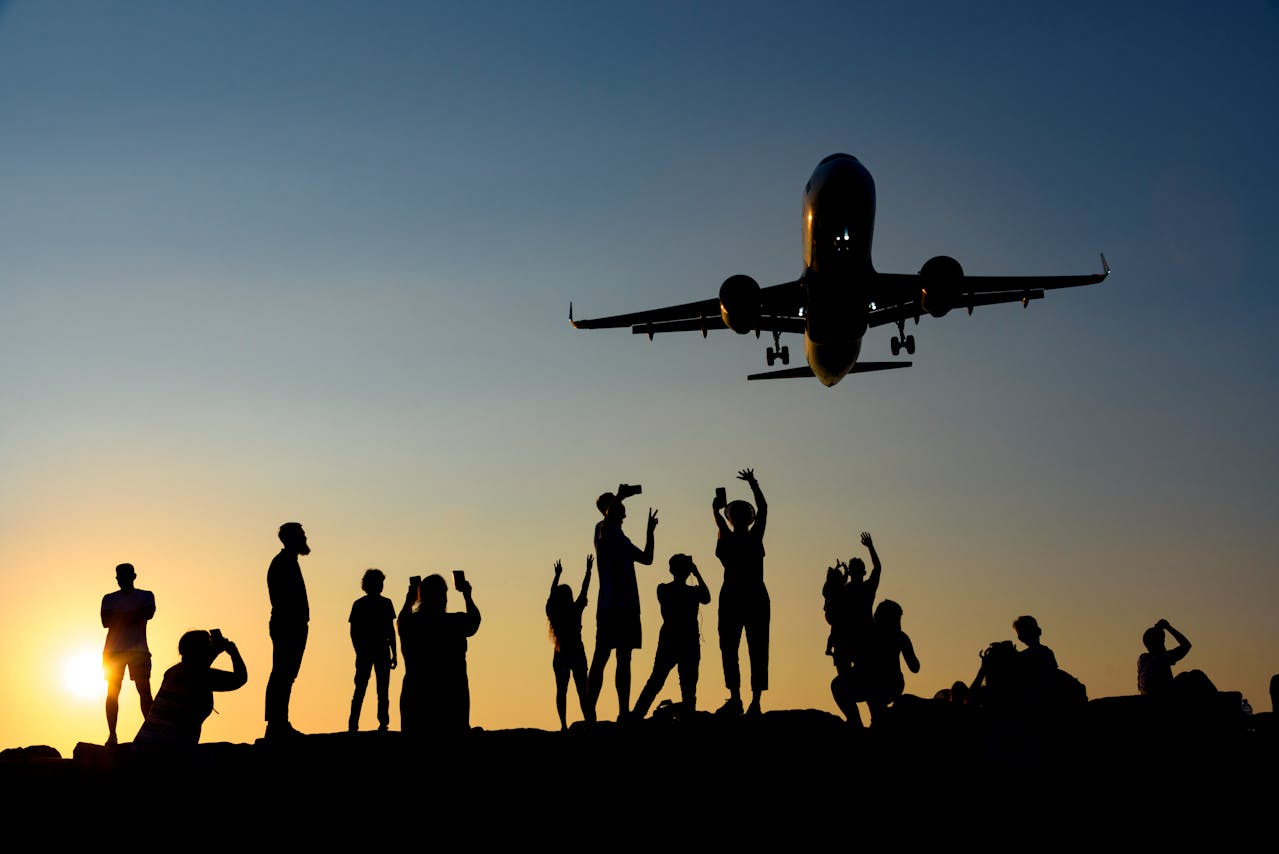
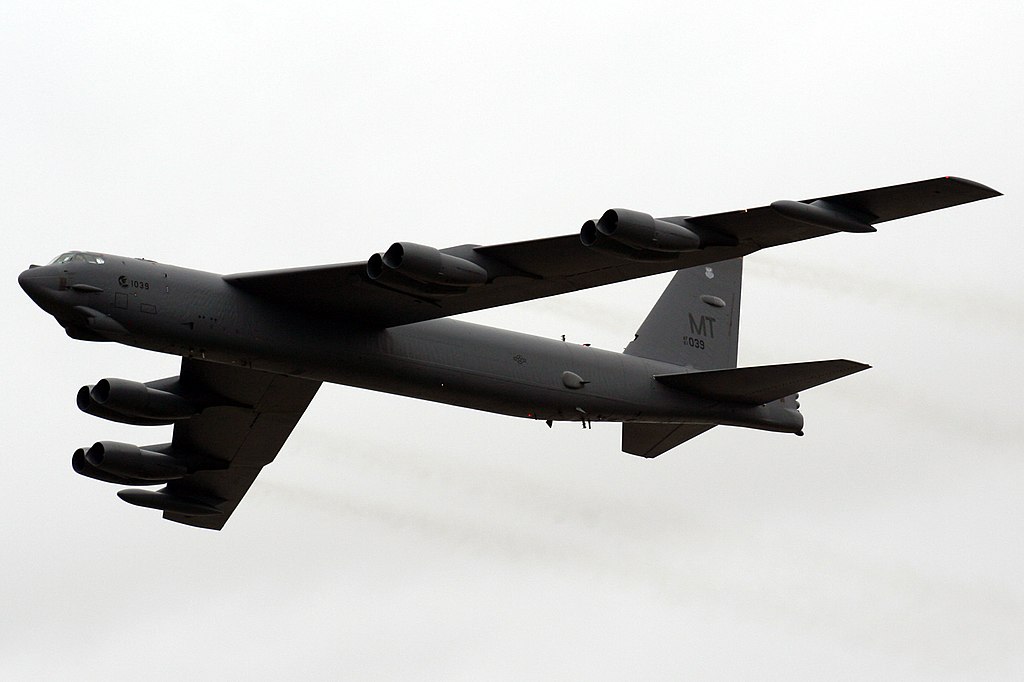
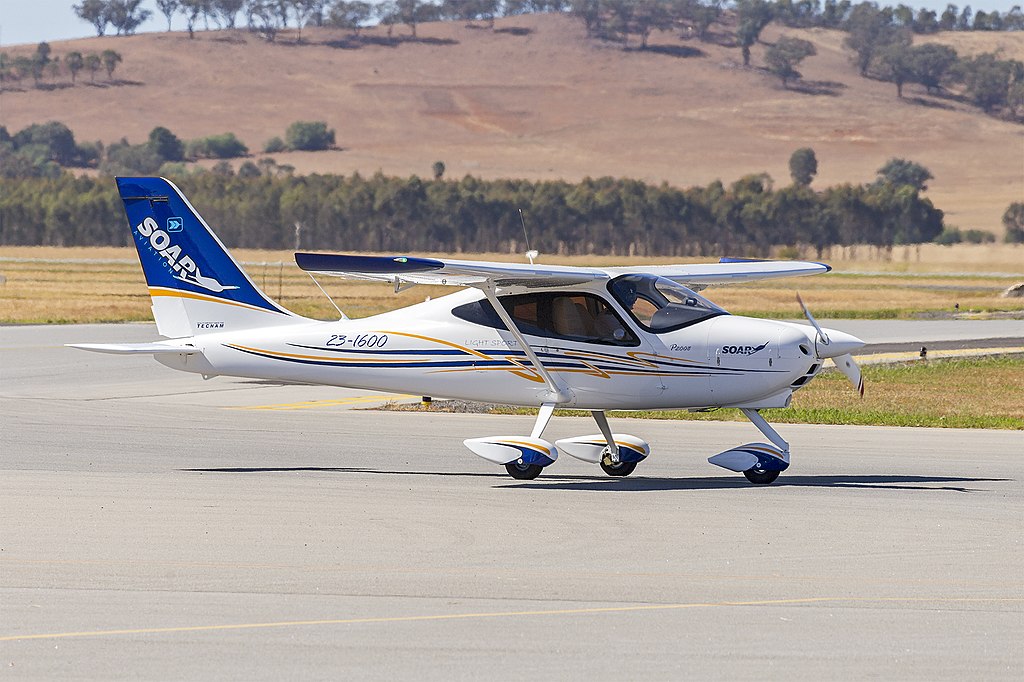
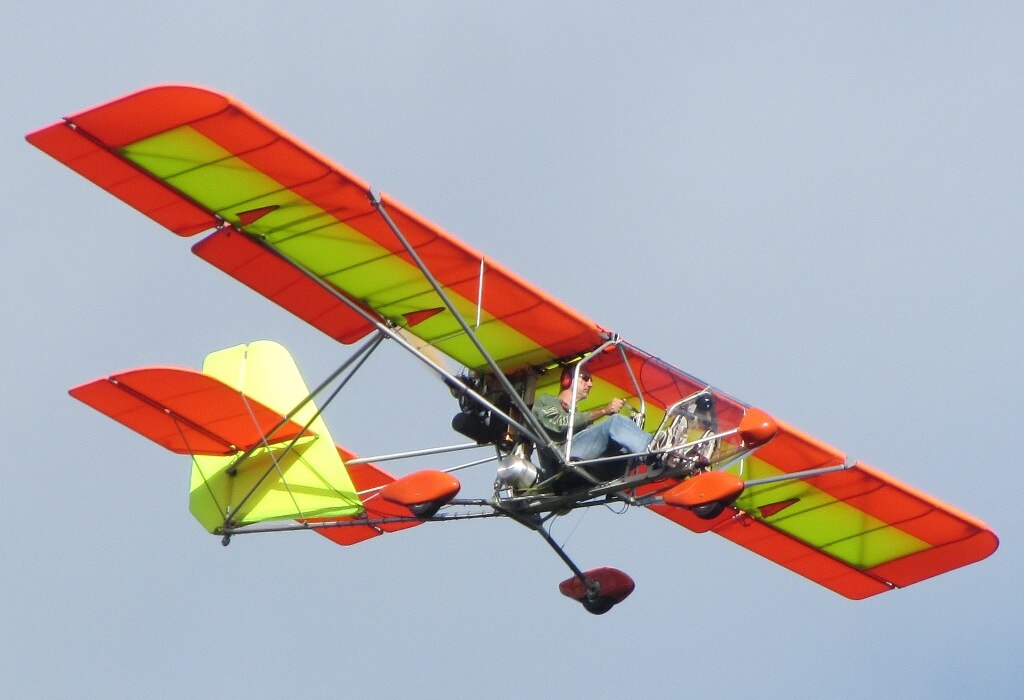
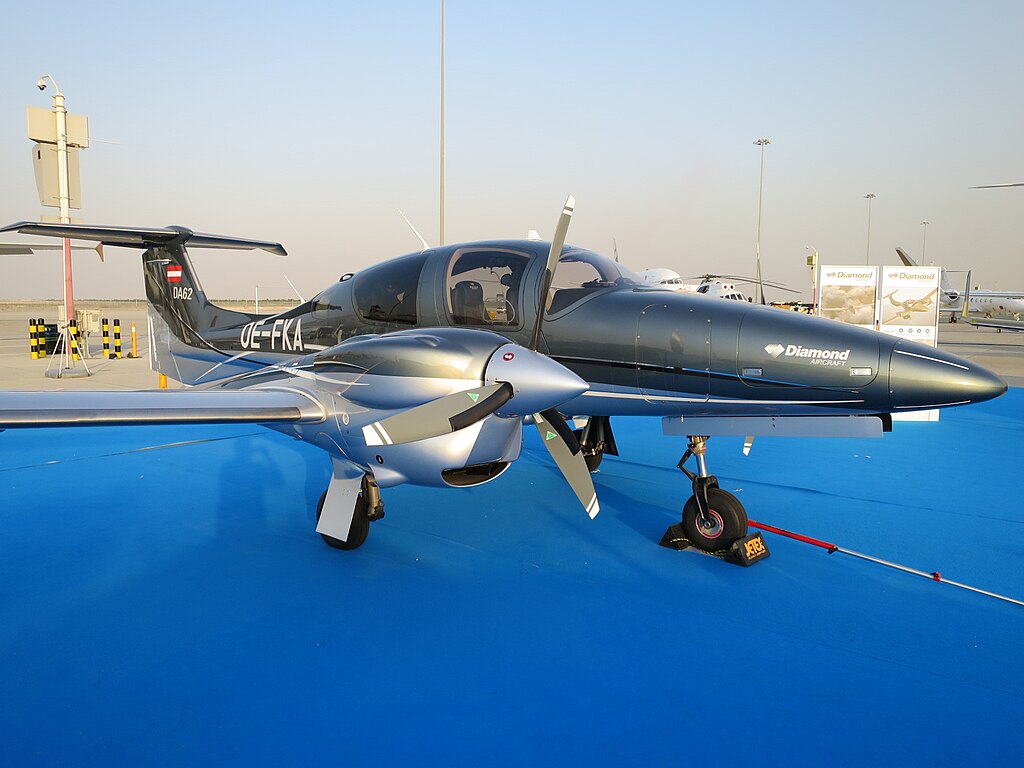
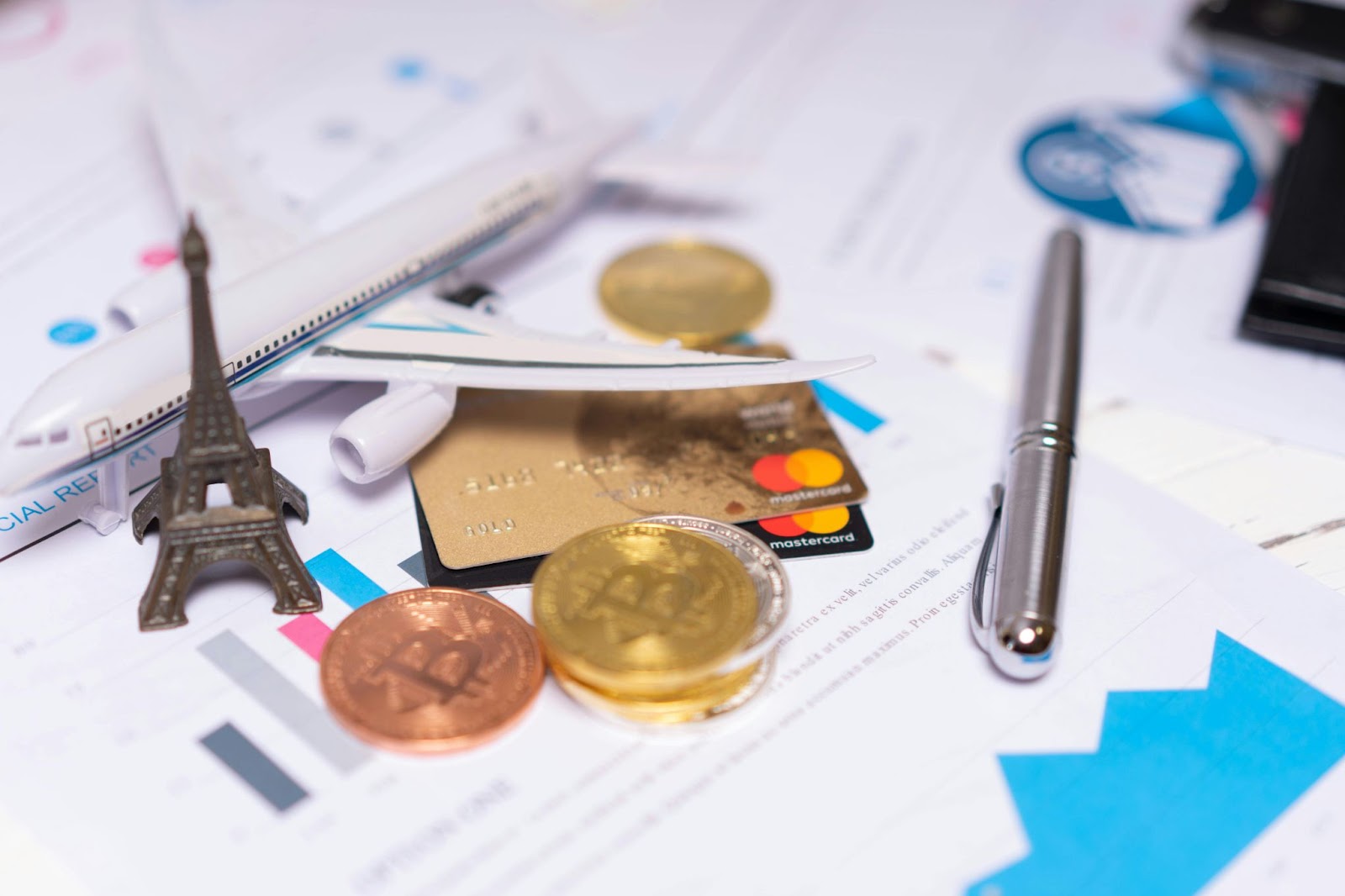
Published: July 25, 2025
Have you ever looked at the price tag of an airplane and thought, “Whoa! Why are planes so expensive?” Most people are surprised when they hear how much even a small private plane costs. From the outside, planes might look simple—just wings, seats, and a motor. But behind the scenes, there’s a lot more going on.
This post gives you a simple, clear look at what makes airplanes cost so much. We’ll talk about materials, rules, safety, and even things you might not expect—like the cost of a regular check-up! If you've ever been curious about what drives up aircraft prices, this is a read for you.
The aircraft manufacturing cost isn't just about putting metal parts together. It’s a long, careful process that takes time, skill, and strict rules.
Airplanes need to be light but super strong. That’s why they’re built with special materials like titanium, carbon fiber, and aluminum alloys. These are not your regular metals.
Even basic airplane parts like windows or seats cost more than you'd think. The airplane parts cost is higher because each part needs to pass safety checks, fit perfectly, and last a long time.
Before a plane ever leaves the ground, it must meet a mountain of rules.
These rules are there to keep passengers and pilots safe. But they also add a big chunk to the total aircraft cost breakdown.
You might think a tiny plane with just four seats would be cheap. But even small planes can come with a big price tag—and here's why.
Smaller planes go through almost the same design and testing process as larger ones. The aircraft manufacturing cost doesn’t shrink just because the plane is smaller.
The cost of owning a private plane goes way beyond the sticker price. Owners also pay for:
Even things like storing the plane and hiring a pilot can add up quickly.
Then come the hidden costs of owning an airplane—like fees for hangar space, taxes, or surprise repairs. These can sneak up on new owners who only focused on the purchase price.
So, when people ask why do planes cost so much, it’s not just about what you see—it’s everything going on behind the scenes that adds to the cost of aircraft.
We’ve talked about materials and the cost of building planes. But to really understand why are planes so expensive, we need to look at a few more big-picture ideas. There are many layers to how airplanes get their price tags—some of them might surprise you.
So, how are planes priced? It starts with the base model. Then, the price goes up based on features, technology, and performance.
Other factors include how many planes the company makes and how custom each one is. Unlike cars, most planes are made in much smaller numbers. That adds to the price too. So, do planes cost more than cars? Absolutely—and by a long shot.
You might ask, are airplanes overpriced? At first glance, it can feel that way. But when you break it down, you're paying for high-end materials, years of engineering, top-level safety, and a long life span.
A plane can last 20 to 40 years with proper care. It's also built to handle harsh environments and carry people safely across the country—or even across oceans. So while airplane prices seem high, much of the cost goes into making sure they’re safe, reliable, and built to last.
Now let’s talk about the big ones—airliners. The kind you fly in with hundreds of other passengers. Why commercial jets are expensive comes down to their size, power, and safety.
All of this adds to the jet aircraft cost.
When looking at commercial airplane prices, it’s common to see numbers in the tens or hundreds of millions. For example, how much a Boeing costs depends on the model. A new Boeing 737 can cost over $100 million. A 787 Dreamliner? Around $250 million or more.
Now you see why airlines spend so much—and why ticket prices can be high too.
So, are used planes worth it? For many people, yes. A used airplane can cost far less than a new one, sometimes 30% to 70% cheaper. But there are trade-offs:
But for pilots or businesses on a budget, buying used can still be a smart move. The key is doing a full inspection and knowing what affects airplane price, like hours flown, condition, and past repairs.
So, why are planes so expensive? It all comes down to materials, safety, skilled labor, and strict rules. Building something that flies safely through the sky isn’t easy—or cheap. And even the smallest planes still go through a lot of the same steps as the big jets you see at the airport.
If you’re thinking about buying or owning a plane, understanding all these pieces gives you a clear picture of where your money goes. From design to fuel to inspections, every part plays a role.
Need expert help finding or pricing the right aircraft for you? Reach out to Flying411 today—we make it simple and safe to take your next step into aviation.
A small private plane typically costs between $100,000 and $500,000 depending on age, brand, and features.
Fuel can cost around $200–$600 per flight hour for small aircraft, depending on fuel type and consumption rate.
Planes usually need a basic inspection every 100 flight hours and more detailed checks annually.
Yes, used planes are often much cheaper, but they may come with higher maintenance costs and older tech.
Yes, planes depreciate over time, especially in the first 5–10 years, like most large machines.